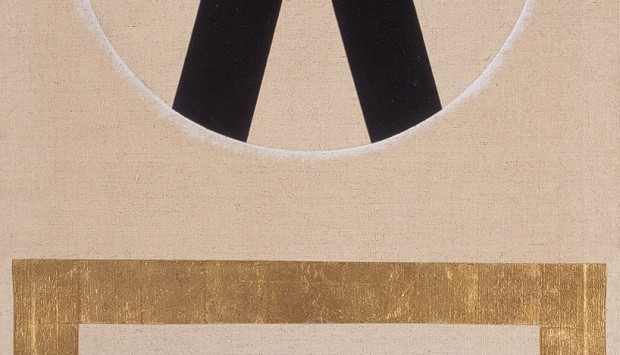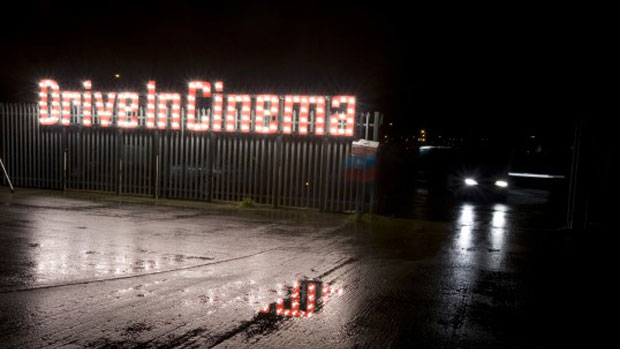The unfamiliar & the timeless

In Studio International, Darran Anderson writes on the late, great Patrick Scott.

In Studio International, Darran Anderson writes on the late, great Patrick Scott.

Rick Poynor on Raoul Hausmann, collage (‘the most important innovation in the art of the twentieth century’) and Pinterest.
But Tatlin at Home is a historical artifact, not a throwaway image, so which pin was the most accurate as a representation? There were large differences in color and small but nagging variations at the edges of the image. The right-hand edge seemed particularly unlikely in all the pins I looked at. Having cut out the dressmakers’ dummy containing body organs and the fire extinguisher underneath, why would Hausmann then choose to slice and crop them so awkwardly? On the other side of the collage, the man’s hand and foot comes and goes and the crop on the ship’s propeller at the top also varies. Not for the first time it seemed I would have to leave Pinterest to find the most reliable online source and with art, as a rule, this tends to be the museum that owns the piece. Before doing that, I consulted some books, seven in all, that reproduce Tatlin at Home. From William S. Rubin’s Dada & Surrealist Art (1968) to Dawn Ades’ Photomontage (revised ed. 1986), it became clear that in the original the complete edge of the dressmakers’ dummy could be seen, as well as most of the fire extinguisher (though both of these older reproductions are in black and white).

Brilliant interview with Rachel Kushner in Guernica. Discussed: register, range, realism, Roberto Bolaño, violent histories, Proust, Robert Altman, sentences.
There is no single formula. An invisible integument that gives the sentence wholeness and musicality, sometimes. But other times, the formula is almost purely one of context. And yet other times, of sheer precision of meaning.

David Gavan: Perhaps in keeping with the idea of a postmodern ‘global village’, your work has a very international feel. You have said that you would prefer to be considered as an artist, rather than an Irish artist. But you must have been affected by the singular aspects of Ireland. That it’s a country that was not colonised by the Romans (despite having their religion), that has not had an industrial revolution (except in the north of Ireland), but does have a capital whose denizens sometimes seem determined to forget Ireland’s agricultural background, has been colonised by both England and Roman Catholicism and – perhaps most importantly – is gorging itself at the postmodern pick ’n’ mix sweetie stall, without first having digested modernity. That said, it is strange that Ireland is seen by some as a parochial backwater, when you think the premier modernist is James Joyce and the premier proto-postmodernist is Flann O’Brien.
Jesse Jones: Joyce wrote outside of Ireland as well, so that’s partly the answer to your question. Did Joyce privilege being in Ireland and his citizenship within Ireland, or did he privilege being a writer, first and foremost? I think he privileged being a writer, even though so much of his writing was an examination of the relationship between self and nationality. Joyce is really interesting because he addresses the idea of identity, and I think that defining people in terms of nationality is a really reductive response to being in this world. Artistically, I find the idea of nationality too cumbersome, awkward and inelegant. It doesn’t sit well with the expansive or experimental approach to being in the world that writers and artists endeavour to have. So, when I say that my being considered as an Irish artist is not my first priority, that’s not to negate my being Irish for any political reasons; it’s just that being an artist is so much more important to me. I guess that I’m reminded that I’m Irish because I make so many works outside of Ireland, which inevitably brings me into contact with other cultures.